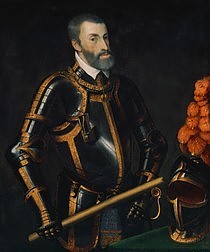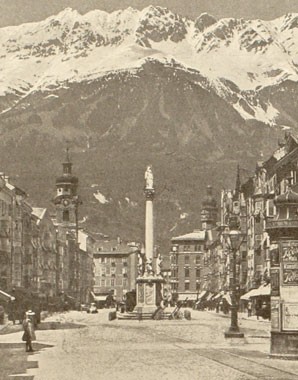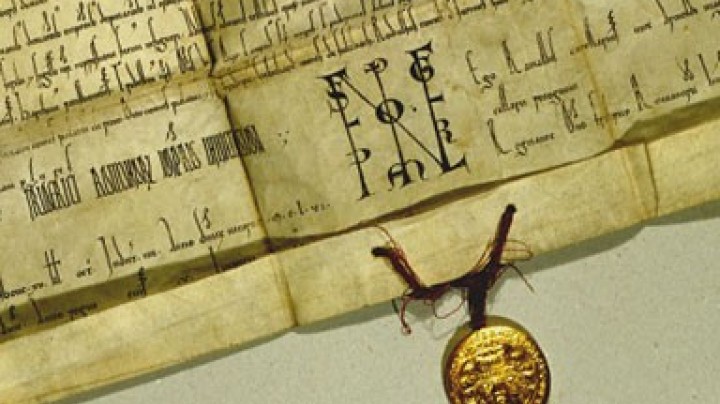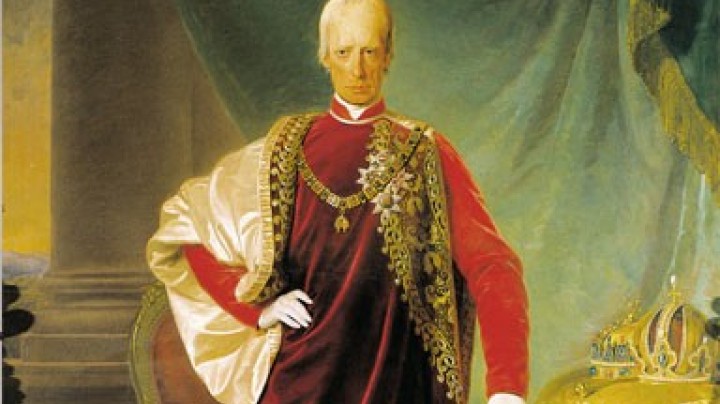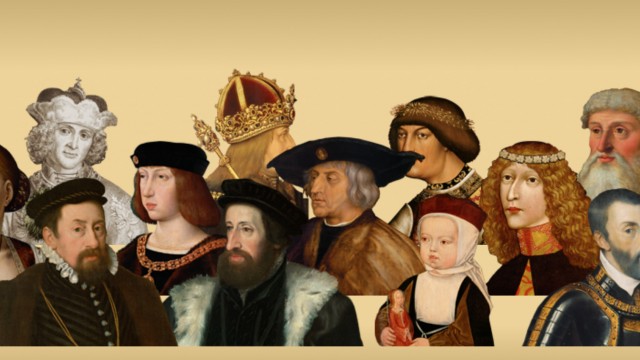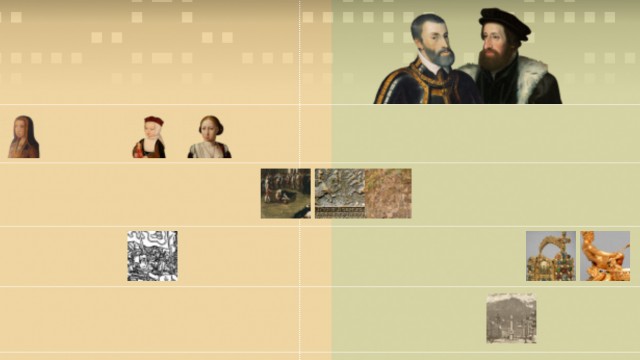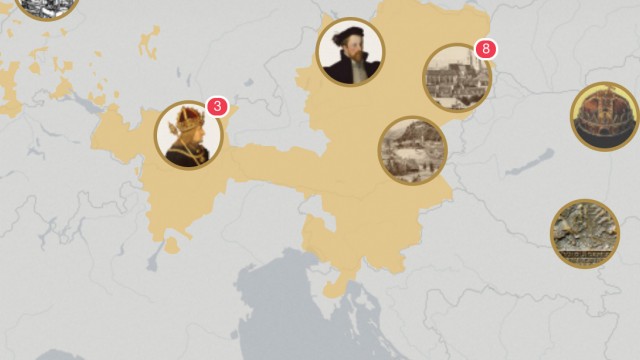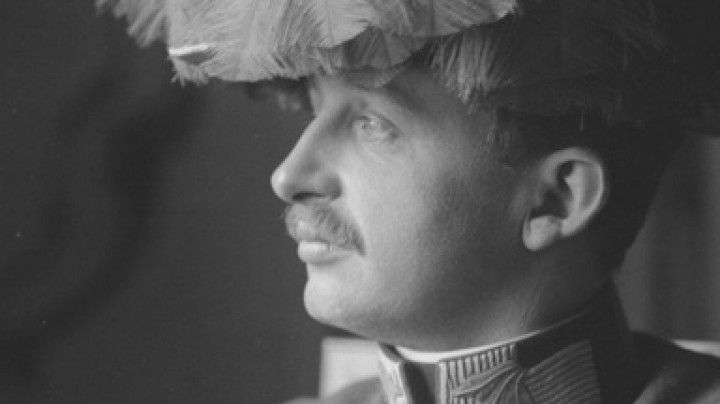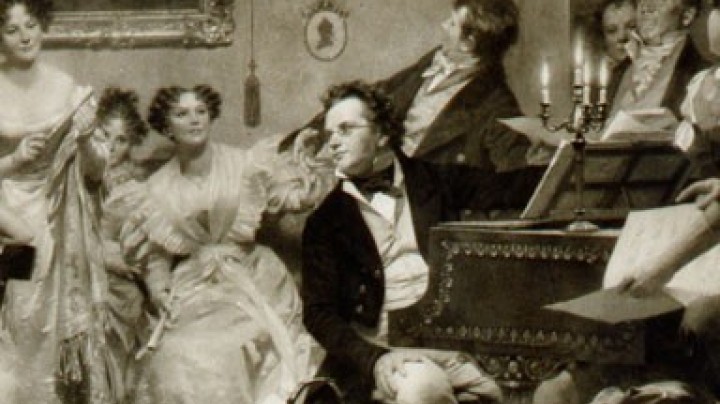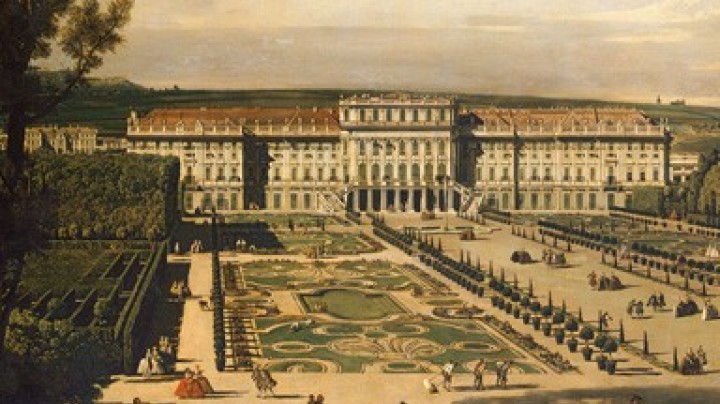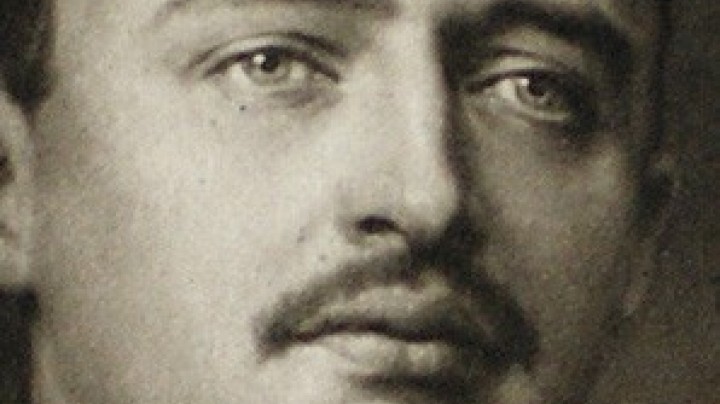Frederick of the Empty Pockets and the Tyroleans
At the beginning of the 15th century the Habsburgs wielded only a moderate degree of power in the Empire, ruling over Austria, Styria and Krain (Carniola) as well as their family seat in Switzerland and Swabia (the so-called Forelands). The acquisition of Tyrol in 1363 put the Habsburgs in possession of an area of enormous strategic importance in the Alps.
The Habsburgs wanted to use Tyrol to create a unified territory connected to their family seat. They also aimed to strengthen their position in the Alpine region by uniting dynasties. Thus it was that Frederick's mother, Viridis, was descended from the Visconti family who ruled over Milan and Lombardy.
As part of the separation of the Habsburg family lines, Frederick was promised rulership over Tyrol and the Forelands; at first sharing power with his brother Leopold IV, but from 1406 becoming sole ruler– and found himself confronted with many sources of conflict.
His reign was characterised by conflict with the Confederates, since a growing number of regions chose to join the newly emerging Switzerland, thereby threatening the traditional supremacy of the Habsburg dynasty in that area. Frederick's father, Leopold III, fell in the Battle of Sempach in 1386, when the Habsburgs' army of knights suffered a crushing defeat at the hands of the peasants' army of the Swiss.
Another common opponent was the Venetian Republic, which was a major power in Europe during the Late Middle Ages, and which competed with the Habsburgs for supremacy in "Welschtirol" (Trentino) and Friuli. A positive consequence of this for the Habsburgs was the fact that as a means of defending itself against the superior strength of the Venetians the harbour town of Trieste voluntarily placed itself under the Habsburgs' protection in 1382, giving the Habsburgs access to the sea for the first time
The situation was intensified by the personal enmity that existed between Frederick and Sigismund of Luxembourg, ruler over the Holy Roman Empire. The crisis was brought to a climax when the Habsburg ruler and Sigismund quarrelled at the Council of Constance in 1415. The Council had been called in order to bring an end to the papal schism (papal authority was at an all-time low, with three popes reigning at the same time!). Frederick set himself on a course of confrontation with Sigismund, supporting Pope John XXIII, the candidate opposed by Sigismund. However, the Luxembourger carried the day, declared Frederick an outlaw (releasing all his feudal lords and followers from their oath of allegiance) and took him prisoner. Frederick was forced to submit and to pay large sums in punitive damages.
Frederick succeeded in effecting a dramatic escape from his prison – he reportedly fled disguised in peasant's clothing and only revealed his true identity to his last remaining loyal followers when he reached the Tyrol. This is the origin of the nickname "with the empty pockets", as he had lost almost all of his reserves.
The Habsburg monarch only recovered his rulership over Tyrol with great difficulty. As a result of this crisis the Habsburg ancestral homelands in Aargau, including the family seat, were also lost to the Confederates.
However, through a combination of great persistence and enormous political skill, Frederick was gradually able to secure his position once again. In the Tyrol he mainly gained support among the townspeople and farmers, whom he used as allies in the struggle against the nobility. Frederick was seen as the people's ruler, imposing a strict regime in the Tyrol at the cost of the nobility. He succeeded in acquiring jurisdiction over the farmers from the nobility, placing it directly under the local ruler. The Tyrolean nobility – including the poet Oswald von Wolkenstein – had no choice but to accept.
Since this time farming communities and courts have had seats and votes in the Tyrolean Diet, a unique situation in the Austrian federal states and the source of that special pride common to Tyrolean farmers. The Tyrolean farmers also played an active part in defending their region: it was during this period that the peasants' army of the Tiroler Schützen was created.
Frederick IV was the first Habsburg to reside permanently in Tyrol, establishing Innsbruck as his seat of residence in 1420. During the Late Middle Ages, Tyrol experienced an economic boom that is still evident in the artistic treasures from the late Gothic era that can be found throughout the region. It also profited from trade with Italy, for before overseas trade was introduced following the discovery of America, the link from the North to the South via the Inn Valley and the Brenner Pass represented one of the most important trade routes in Europe
Furthermore, in the 15th century mining for precious metals was in full swing in the Inn Valley. The silver deposits in Schwaz made it one of the most productive mines of the age, and, in fact, the town of Schwaz was in terms of population the second largest settlement in Austria, beaten only by Vienna.
Frederick's nickname "Frederick of the Empty Pockets" was in direct contrast (at least once he had regained his position of power) to his enormous wealth, for which he had the flourishing silver mine in Schwaz to thank. At that time Frederick was the richest member of the family by a very long way.
